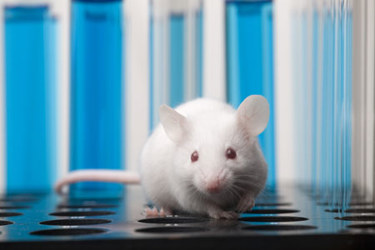Reliable And Reproducible Preclinical Rodent Models Of MASH
By Rashmi Munshi¹, Amit Awasthi¹, Matthew Marazzo, Ambhore Sudhakar, Donovan Unks, Lokeshwari Alleti, Malavika Ghosh Preclinical Efficacy Testing Division, Aragen Biosciences, US, Aragen Lifesciences, India

Metabolic dysfunction-associated steatohepatitis (MASH) can lead to the development of hepatocellular carcinoma (HCC), a serious and progressive liver disease. At Aragen Bioscience, our researchers have pioneered therapeutic interventions using Elafibranor in three distinct murine models of MASH, each characterized by different dietary compositions: the choline-deficient, L-amino acid-defined, high-fat diet (CDAA-HFD); the high-fat, high-fructose, high-cholesterol (FFC) diet combined with CCl4 (Western diet, WD); and the high-fat, high-fructose, high-cholesterol (FFC) diet. In each of these models, we evaluated the impact of Elafibranor on metabolic, biochemical, and histological outcomes. Across all models, Elafibranor consistently demonstrated significant improvements in these key areas, including metabolic function, liver biochemistry, and histopathology.
Our extensive experience in the MASH and fibrosis fields, combined with a proven track record of conducting reliable and reproducible preclinical studies, positions Aragen as a leader in the development and testing of therapies for liver diseases. These results further highlight the therapeutic potential of Elafibranor in addressing the progression from metabolic dysfunction to hepatocellular carcinoma.
Get unlimited access to:
Enter your credentials below to log in. Not yet a member of Pharmaceutical Online? Subscribe today.
